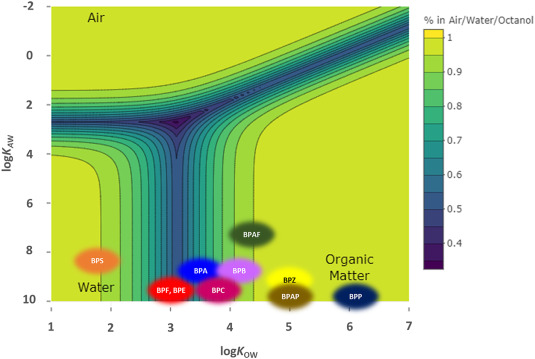
**The BPA Discourse: Examining Safety Issues and Scientific Facts**
For over ten years, the subject of bisphenol A (BPA) has sparked a vigorous discussion among environmental advocates, regulatory organizations, and the wider community. As a chemical component frequently utilized in making polycarbonate plastics and epoxy resins, BPA has prompted inquiries regarding possible health hazards, especially considering its presence in food-related items such as can linings and plastic vessels. Opponents of BPA advocate for a complete prohibition, highlighting worries about its estrogen-mimicking properties and its detection in human blood and urine. Conversely, regulatory authorities like the U.S. Food and Drug Administration (FDA) and the European Union (EU) have repeatedly classified BPA as safe at the levels generally encountered in food. What lies at the heart of this enduring dispute, and what does the scientific evidence available reveal?
### Comprehending BPA and Its Applications
BPA is largely composed of hydrocarbons, featuring two hydroxyl (OH) functional groups that facilitate reactions with other substances, such as phosgene, to create polymers. Its application in plastics, particularly polycarbonate, contributes to the development of lightweight, resilient materials that resist damage. However, a small quantity of unreacted BPA may persist in the finished product. When food or beverages interact with BPA-containing plastics or can linings, minute quantities of the chemical may leach out, especially in dairy and fatty foods which are more likely to release BPA. Human exposure typically occurs at very low concentrations, usually in the parts per million or billion range.
### Health Risks and Debate
A significant worry surrounding BPA is its capacity to imitate estrogen, which raises concerns regarding possible hormonal disturbances. Research has demonstrated that BPA attaches to estrogen receptors, albeit with a binding effectiveness thousands of times lower than that of the natural hormone estradiol. Nonetheless, public anxiety escalated following reports of its presence in the blood and urine of both adults and children, indicating possible widespread exposure.
Critics, including prominent commentators like New York Times columnist Nicholas Kristof, have accused the FDA and similar authorities of yielding to the influence of the chemical sector at the expense of public health. Kristof’s assertion that “Big Chem” is obstructing regulatory measures has led to amplified demands for tighter regulations or complete bans on BPA.
### The FDA’s Position: Scrutinizing the Evidence
Despite the apprehensions, the FDA’s determination that BPA is safe at present exposure levels is extensively backed by scientific evidence. Here’s a summary of the main justifications supporting their viewpoint:
1. **Swift Metabolism and Excretion:**
BPA enters the body but is rapidly metabolized by the liver. During this process, BPA binds with glucuronic acid or sulfate groups, rendering it inactive and water-soluble. These metabolites are subsequently eliminated through urine. The half-life of unmodified BPA in the human body is under two hours, while its altered forms are generally cleared within six hours. This rapid metabolism constrains the levels of active BPA in the bloodstream, making any potential estrogen-like impacts insignificant.
2. **Minimal Concentrations in Blood:**
While BPA has been discovered in certain blood specimens, concerns about contamination during sample collection and analysis have arisen. Numerous laboratory instruments and medical storage containers contain trace amounts of BPA, which can unknowingly taint blood samples. Government toxicologists and independent laboratories have reported challenges in preventing such contamination, and after adopting clean techniques, BPA levels in human blood frequently fell below detectable thresholds.
3. **Dose-Response and Toxicity Limits:**
The levels of BPA generally ingested by adults are significantly lower than those needed to produce harmful biological effects observed in animal studies. For instance, rat studies where subjects were given hundreds of times more BPA than an average human intake exhibited no negative effects. Besides, the FDA has continually concluded that the doses encountered through dietary exposure (measured in micrograms per kilogram of body weight) are well beneath the threshold of concern.
4. **Special Considerations for Infants and Pregnant Women:**
While the evidence for adults is reassuring, infants and fetuses require special attention due to physiological and developmental differences. Infants may poorly metabolize certain chemicals due to immature liver and kidney functions. To address this, scientists extrapolated findings from related substances like Tylenol (paracetamol) and studies involving baby monkeys, concluding that infant exposure to BPA is likely minimal. In pregnant women, BPA is metabolized so swiftly that fetal exposure remains negligible, as indicated by animal studies.
### A Viewpoint on Public Concern
The lingering fears surrounding BPA can be partially attributed to the manner in which chemical concerns are conveyed to the public. The link between BPA and estrogen, coupled with alarming headlines about “chemicals in our bodies,” fosters anxiety. This distrust is intensified by the past failures of certain regulatory measures involving other substances, leading to skepticism towards assurances from agencies like